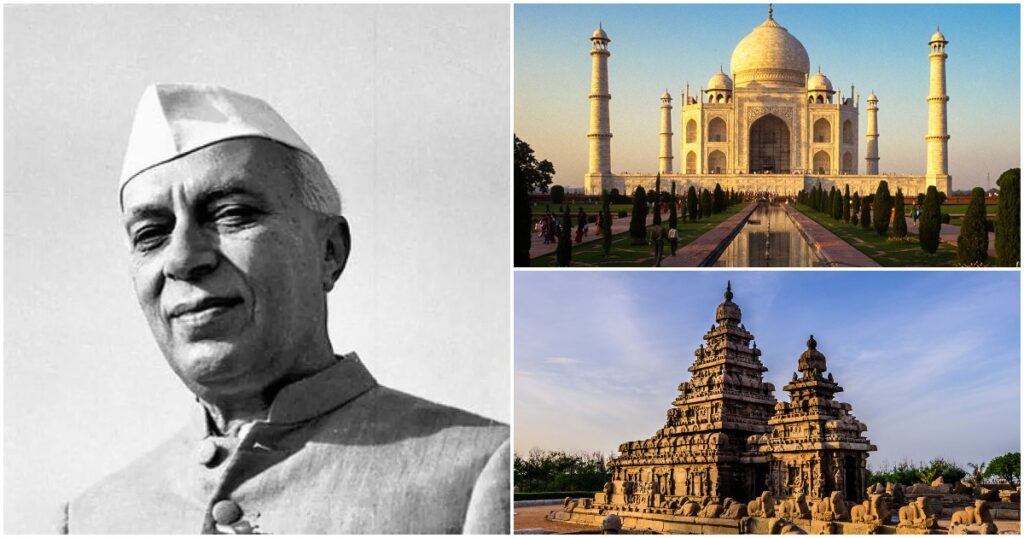If one wonders where today’s liberals get their hate of all things Hinduism and the veneration of Muslim invaders from, one doesn’t need to look much further than India’s first Prime Minister.
In a speech in March 1959, PM Jawaharlal Nehru had said that while the the Taj Mahal was one of the most beautiful things ever built, but he was repelled by some South Indian temples, and found them oppressive. Speaking at the Lalit Kala Akademi’s seminar on Architecture, Nehru had described his contrasting feelings between the two different pieces of architecture.


“Architecture today can hardly be thought of, well, broadly speaking, in terms of the Taj Mahal,” he had said. “The Taj Mahal is, of course, one of the most beautiful things anywhere and it is a delight to the eye and to the spirit to see it. It represented, as all architecture represents to a large extent, the age in which it grew,” he said in the speech.
Nehru wasn’t nearly as charitable about the temples of south India. “Mr. Humayun Kabir referred to the great temples of the South and the Taj Mahal,” he began, referring to India’s Culture Minister Humanyun Kabir who’d spoken before him. “Well, they are beautiful. Some of the temples of the South, however, repel me in spite of their beauty. I just can’t stand them. Why? I do not know. I cannot explain that, but they are oppressive, they suppress my spirit. They do not allow me to rise, they keep me down. The dark corridors—I like the sun and air and not dark corridors,” he said.
While the architectural merits of south Indian temples versus a tomb can be debated, what is striking is with the ease with which Nehru dismisses Hindu temples as repellant and oppressive — it’s highly unlikely that Nehru would’ve used similar words to describe the religious places of any other religions. But such was Nehru’s brand of secularism that he deemed it perfectly alright to knock the majority Hindu faith, while venerating all aspects of life of the minority. And India’s liberals of today seem to be only following in his footsteps.

